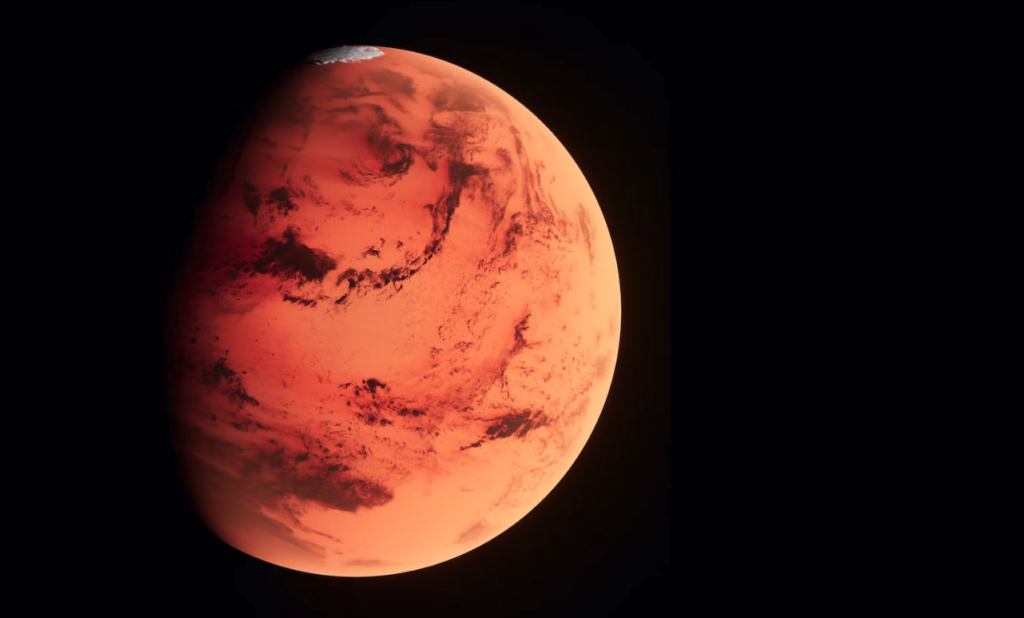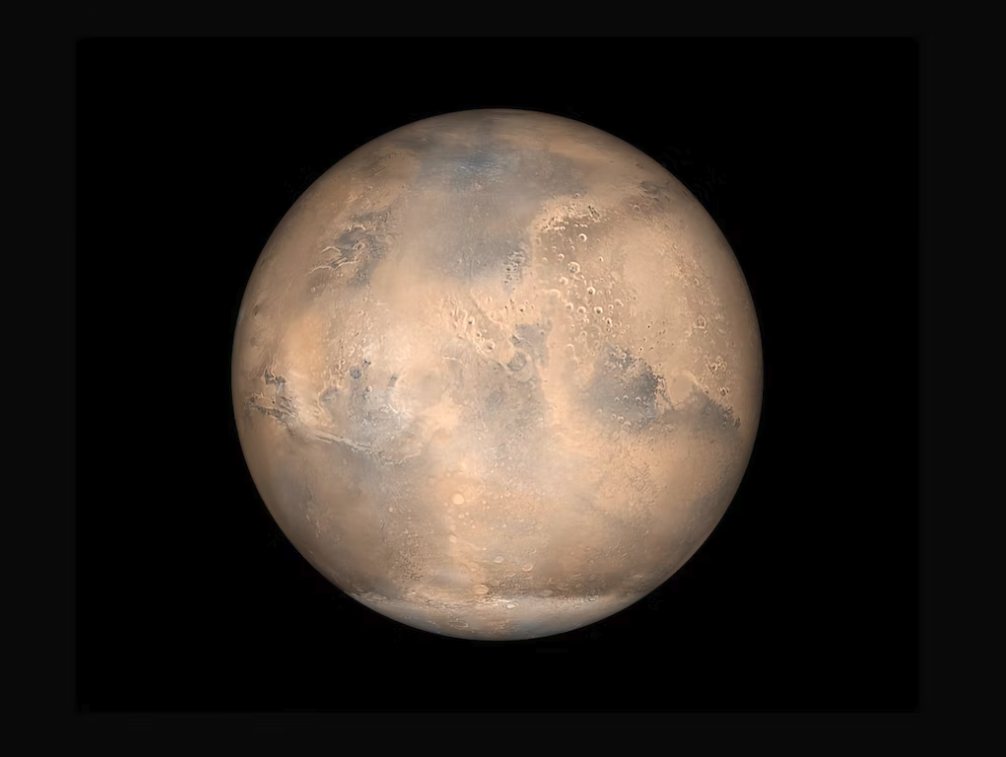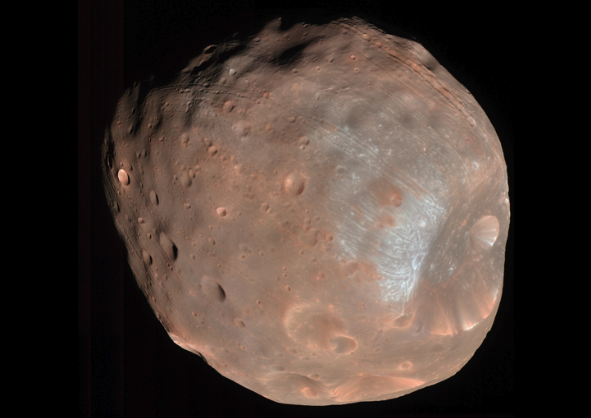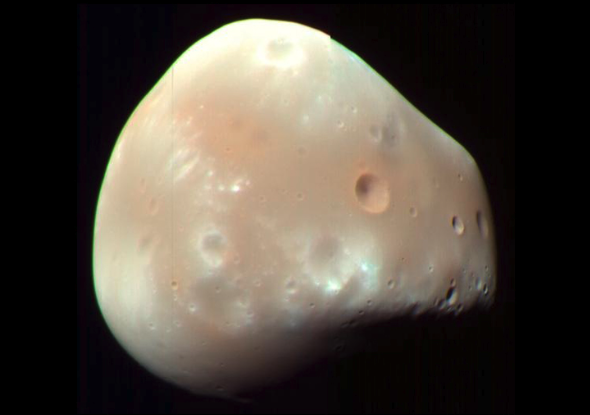Quick Facts About Mars’ Moons

Compared to Earth’s moon, Mars’ moons are a mere fraction in size. Unlike Earth’s moon, they cannot be seen by the naked eye in the night sky. If you wish to see them, you need to use a telescope and you need to have a good sense of where to be looking. This is because these moons are incredibly small.
The larger, innermost moon has a radius of just over 11 kilometers. The smaller, outermost moon is approximately half the size of the larger moon with a radius of approximately 6 kilometers. Compare both of these to Earth’s moon which has a radius of 1,736 kilometers, and you may see why Mars’ moons are so difficult to find in the night sky.

Why are Mars’ Moons Such an Odd Shape?
One of the most notable aspects of these moons is the fact that they, very clearly, do not look the way that other moons do. One moon is a bit warped in shape, oblong and unnatural, while the other is strange and square-like. This is because the gravity on these moons is so low, due to their size and lack of mass, that they cannot pull their own material into a perfectly spherical shape the way that most other moons can. The larger, innermost moon ends up being somewhat oblong in shape, being likened to a potato. The smaller, outermost moon is closer to a square.


An Imminent Problem
Another unique aspect of these moons is the fact that the larger moon is, in relative terms, quickly being drawn closer to Mars. It is a known fact that this moon is orbiting Mars only about 6,000 kilometers away, which is closer than any other moon orbits its planet. At a rate of approximately two meters per century, it only getting closer. While this may not seem like much at first, this is a noticeable speed in terms of planetary movement. This also means that in approximately 50 million years, this moon is going to collide with Mars, either breaking down entirely in a massive collision or breaking into smaller pieces and forming a ring.
